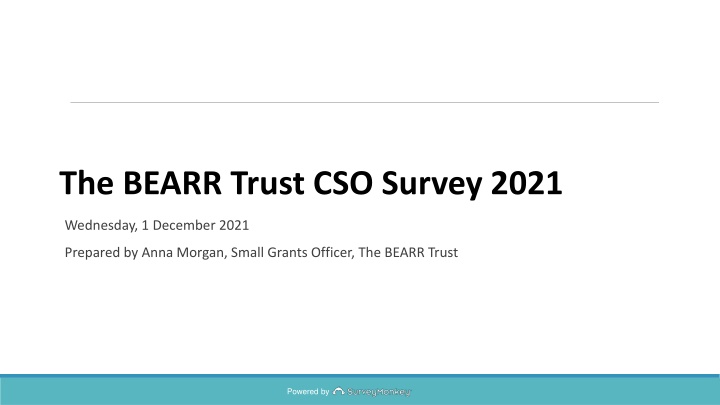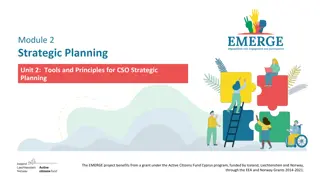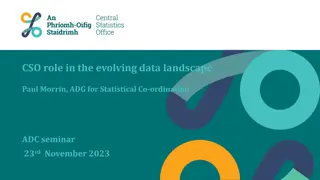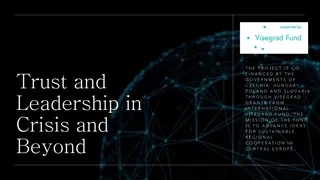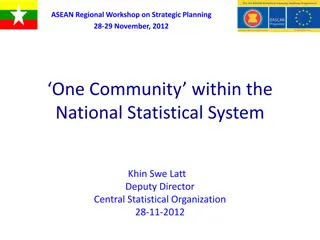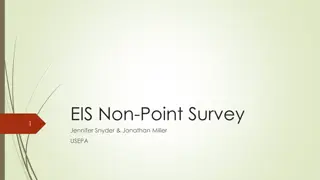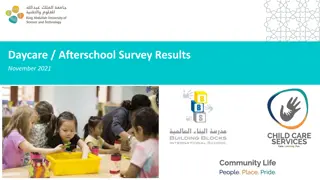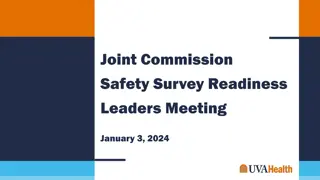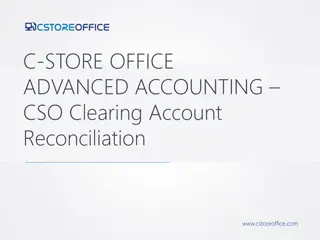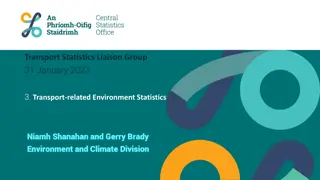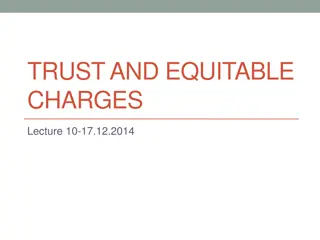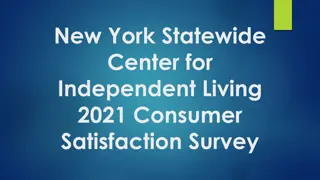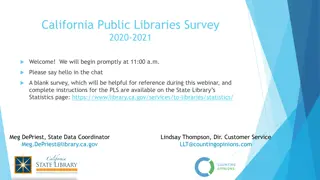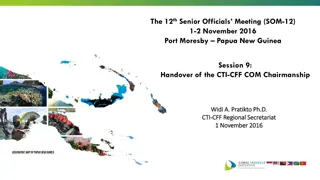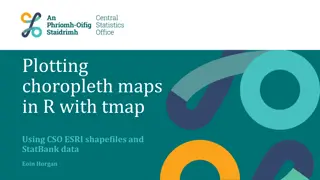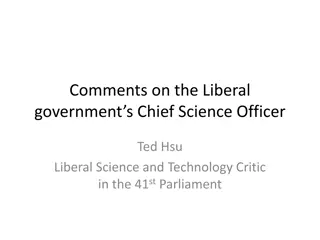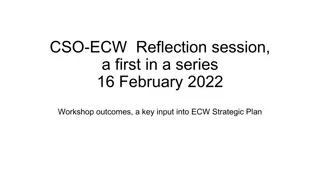The BEARR Trust CSO Survey 2021 Summary & Insights
This summary provides an overview of The BEARR Trust CSO Survey 2021, highlighting respondent demographics, beneficiaries, funding sources, and influence on the state; offering key insights into the survey findings.
Download Presentation

Please find below an Image/Link to download the presentation.
The content on the website is provided AS IS for your information and personal use only. It may not be sold, licensed, or shared on other websites without obtaining consent from the author.If you encounter any issues during the download, it is possible that the publisher has removed the file from their server.
You are allowed to download the files provided on this website for personal or commercial use, subject to the condition that they are used lawfully. All files are the property of their respective owners.
The content on the website is provided AS IS for your information and personal use only. It may not be sold, licensed, or shared on other websites without obtaining consent from the author.
E N D
Presentation Transcript
The BEARR Trust CSO Survey 2021 Wednesday, 1 December 2021 Prepared by Anna Morgan, Small Grants Officer, The BEARR Trust Powered by
Summary: 2021 vs 2020 2021 2020 Total responses 143 (all complete) 328 (272 complete) 33% of these have participated in 2020 survey Survey duration 7 weeks 8 weeks Countries of our region 11 12 Contacts for further communication 112 219
Part 1: Part 1: Who are the 2021 respondents? Where are they located Who are their beneficiaries What is the size of organisation How long has it been operating What are the main sources of funding 3
Q1: Which country are you operating in? - ? ANSWERED: 143 SKIPPED: 0 1 Abkhasia + 1 US (working for Ukraine)
Q3: Who are your main beneficiaries? Victims of torture, migrants, LGBTQI+, street children, school teachers, youth and students, victims of trafficking, rural women,
Q4: What are the main issues you work on? - ? Others: older people, civil society, ecology, peace building, economic empowernment, free press etc.
Q5: Do you feel that your work or organisation influences or attempts to influence the state in some way (for example, through providing welfare on behalf of the state, or through providing an example of best practice to the state, which has then re-shaped social policy?) ANSWERED: 142 SKIPPED: 1
Q6: What is the primary source of your funding? ANSWERED: 143 SKIPPED: 0
Q6: What is the primary source of your funding? From narrative responses situation seems extremely different depending on country. For example: Belarus: It is impossible to receive foreign funding. If you do you may get a jail sentence. Ukraine: receiving 2mln UAH/year from local budget Kazakhstan: our revenue-generating activities cover 80% of our costs Azerbaijan: The State Agency under the President of Azerbaijan has not announced a grant for the program for a year and a half. Half of the NGOs have suspended their activities. International donor organizations left Azerbaijan long ago. Georgia: state sources and national level funds
Q7: What is the size of your organisation(by number of employees and volunteers involved in activities)? Answered: 143 Skipped: 0
Q8: How long has your organization existed? 91 91 organization has been working for over 10 years 6 6 have been created in 2021
Part 2: Part 2: Impact of pandemic Changes in size Changes in sources of funding Impact of anti-Covid measures Increase in need for services Mood among employees 13
Q11: Have the main sources of your funding changed significantly compared with pre-Covid-19 times? Q10: Has your organisation changed in size since the start of the Covid-19 pandemic?
Less reporting closure of operations 18% in 2020 vs 9% in 2021 Hybrid form of work prevails in 2021 58% (didn t exist in 2020) Remote work dropped from64% in 2020 to 19% in 2021 2021 2020 Q12: What has been the impact of anti-Covid-19 measures on the way your organization works in 2021?
Q13: How do you and the members of your organisation feel at this stage in the pandemic? Over 55% are feeling burned out or barely managing. Interestingly this is the case even for newly created NGOs (less than 12 months in operation).
Burned out or barely managing: Up to 90% in Moldova Almost 60% in Ukraine Around 55% in Russia Almost 50% in Tajikistan & Georgia Around 45% in Armenia Q13: How do you and the members of your organisation feel at this stage in the pandemic? Staggering differences per country
Q14: In 2021, the need for your services amongst the community you serve as a result of Covid-19
Q16: How damaging has the continuing pandemic in 2021 been to your organisation'sfinancial viability? 2020 2021 44% 25% 17% 14%
Part 3: Part 3: Coping mechanisms Use of technology Current needs 20
Q17: In what ways have you increased the use of technology since the start of the pandemic?
Q18: If you haven't increased the use of technology, please explain the reasons -
Significant changes 2021 vs 2020: Funding: 81% up from 74% in 2020 Training on fundraising: 39% up from 28% in 2020 Organisational capacity: 37% up from 23% in 2020 Q19: What technical assistance does your organisation need most at the moment?
5 Takeaways from BEARR 5 Takeaways from BEARR Survey 2021 Survey 2021 1. The need in services of CSOs has increased significantly due to continuing pandemic (higher than in 2020) 2. CSOs workers feel burned out 3. CSOs have adapted to hybrid working 4. Pandemic had a major impact on CSOs finances 5. Pandemic has revealed and intensified various social issues (poverty, labour migrants, etc.)
